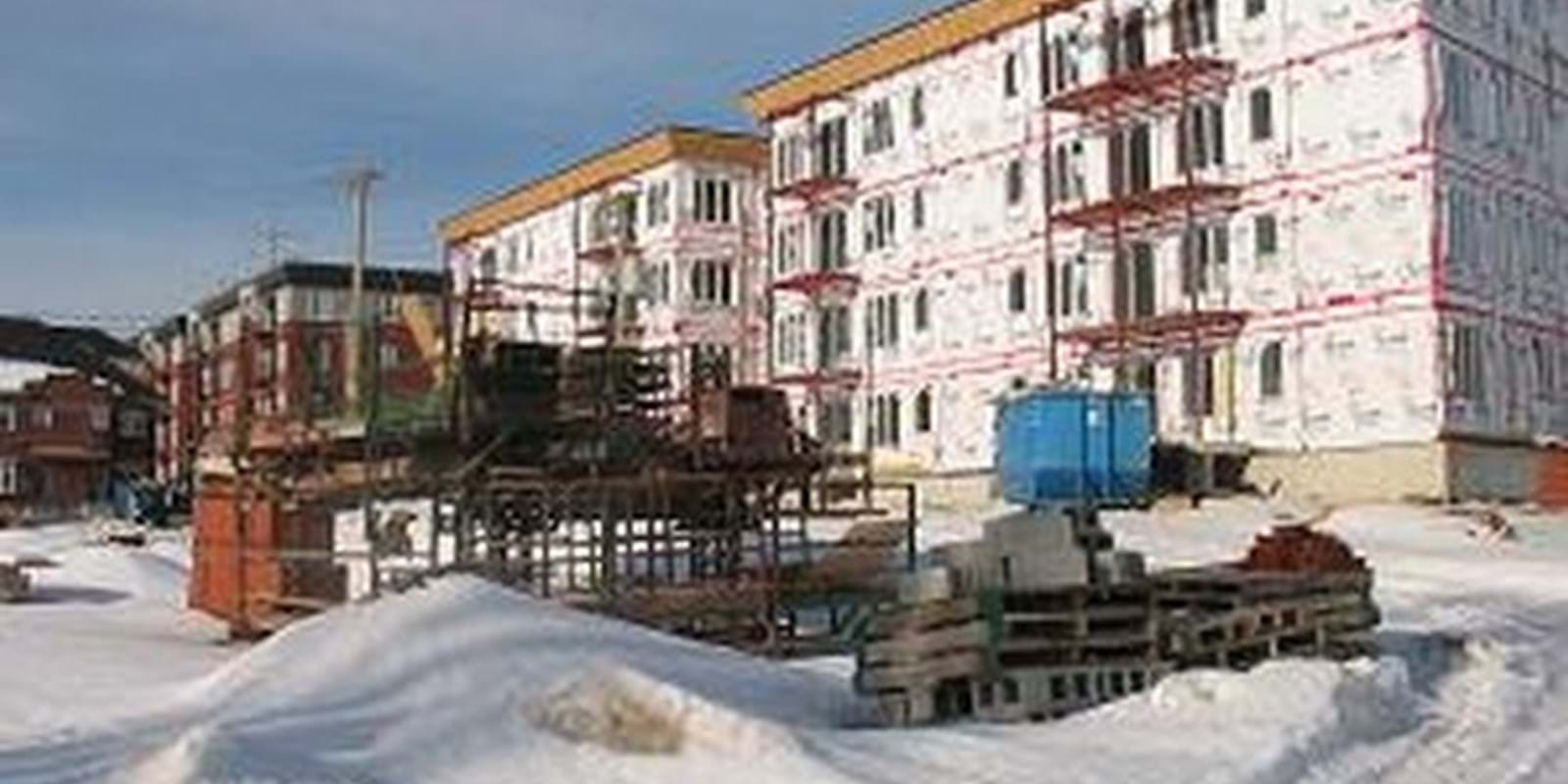The total investment in residential construction increased 8.5% to $79.8 billion in 2006 compared with a year earlier. All three components comprising residential construction investment posted gains (new housing, renovation, and acquisition costs). This was the eighth consecutive annual increase and a record high value.
The main factors that contributed to strong demand for housing were the dynamic economy in Western Canada, coupled with inter-provincial migration, increases in employment, international immigration, and the still relatively low mortgage rates. Higher house prices also played an important role in the increase in the investment figure, as the number of housing starts remained almost unchanged.
Investment in new housing was responsible for the biggest contribution (in dollars), increasing 9.2% to $40.7 billion. Single-family homes, up 9.4% to $25.5 billion, and apartments/condominiums, up 13.2% to $9.3 billion, were the major contributors to the increase in this component.
In 2006, the New Housing Price Index showed an annual increase of 10.2% (house component only) in contractors selling prices of new residential houses. In fact, in constant dollars terms, investment for new single-family dwellings was only 0.1% higher than in 2005 and the growth for investment in new apartment/condominiums totalled 5.1%.
Renovation investments increased 8.7% to $32.0 billion and accounted for 40.1% of total residential construction investment in 2006.
In 2006, acquisition costs accounted for 8.9% of total investment or $7.1 billion, up 4.1% from 2005.
Nine provinces saw increased investment compared to 2005, with the only decline occurring in Prince Edward Island (-2.7%). Alberta and British Columbia led the way with increases of 26.8% and 18.0% respectively. The gains seen in Alberta were driven by new single-family homes (+39.7% to $6.2 billion), while the increase in British Columbia hinged on both single-family homes (+25.8% to $3.8 billion) and apartments/condominiums (+30.1% to $2.5 billion).
Excluding Alberta and British Columbia, total investment was $54.6 billion, up 3.2% from 2005, new housing investment was down 0.7% to $25.2 billion, while renovation investment was up 8.6% at $24.7 billion.
Total investment in Quebec increased 1.2%, resulting from the offsetting effects of an increase in renovations (+8.3% to $8.0 billion) and an important decline in single-family homes (-6.9% to $4.4 billion).
In Ontario, overall investment in new housing remained relatively unchanged, but an increase in renovations of 9.0% or $1 billion, resulted in total residential investment reaching $29.4 billion, up 3.8% over 2005.
Investment in residential construction increased 7.4% to $20.4 billion in the fourth quarter of 2006, compared to the same quarter a year earlier. Renovation investment grew 8.2% to $8.0 billion, while new housing investment grew 8.1% to $10.6 billion. Investment due to acquisition costs remained virtually unchanged from the fourth quarter of 2005 at $1.8 billion.
Note: Residential construction investment is divided into three main components. The first is new housing construction, which includes single dwellings, semi-detached dwellings, row housing and apartments, cottages, mobile homes and additional housing units created from non-residential buildings or other types of residential structures (conversions).
The second component of residential construction investment (renovations) includes alterations and improvements in existing dwellings. The third component is acquisition costs, which refers to the value of services relating to the sale of new dwellings. These costs include sales tax, land development and service charges, as well as record-processing fees for mortgage insurance and the associated premiums.
Because ownership transfer costs are not included in the investment totals presented in this release and in CANSIM table 026-0013, the figures here do not match the figures published in the National economic accounts (CANSIM table 380-0010).
Available on CANSIM: table 026-0013.
Definitions, data sources and methods: survey number 5016.
For more information, or to enquire about the concepts, methods or data quality of this release, contact Étienne Saint-Pierre (
| Residential construction investment | ||||||||
|---|---|---|---|---|---|---|---|---|
| Provinces/Territories | Fourth quarter 2005 | Fourth quarter 2006 | Fourth quarter 2005 to fourth quarter 2006 | 2005 | 2006 | 2005 to 2006 | ||
| Canada | ||||||||
| Newfoundland and Labrador | ||||||||
| Prince Edward Island | ||||||||
| Nova Scotia | ||||||||
| New Brunswick | ||||||||
| Quebec | ||||||||
| Ontario | ||||||||
| Manitoba | ||||||||
| Saskatchewan | ||||||||
| Alberta | ||||||||
| British Columbia | ||||||||
| Yukon | ||||||||
| Northwest Territories | ||||||||
| Nunavut | ||||||||
| ||||||||

